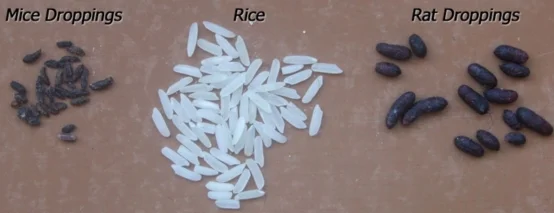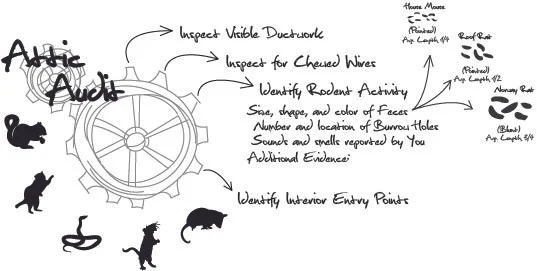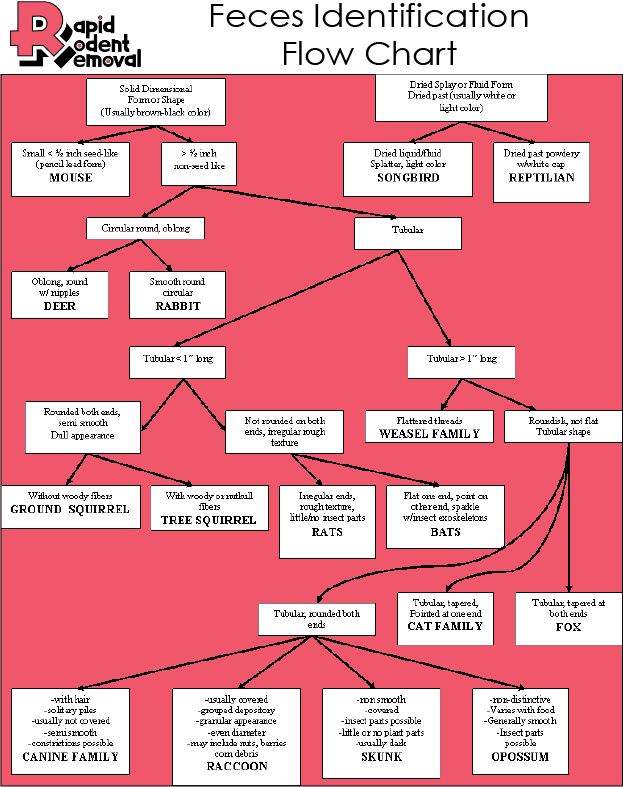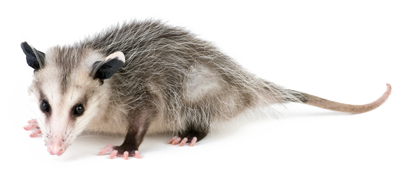RATS IN THE ATTIC
Roof rats possess exceptional skills when it comes to infiltrating attics. They excel at climbing and are commonly known as tree rats because of their abundance in trees. These rats have the ability to inflict damage to your attic by gnawing through electrical wires and cables, posing a potential fire hazard if they are not promptly eliminated from the attic space. The most Common signs of rats are :
Burrow Holes
Trails in the insulation
Scratching and Scuffling
Squeaking and Chirping
Gnawing
A Guide to Identifying Rats in the Attic
What You Need to Know About Rats in the Attic
Rats are clever and adaptable creatures, known for their ability to thrive in various environments. One such area where they tend to settle is the attic or roof, an often overlooked part of our homes. They are attracted to the warmth, safety, the lack of predation and food availability. However, these uninvited guests can bring a range of problems.
Rats are an unwelcome visitor in any home. They're particularly notorious for taking residence in attics, causing disturbances and potential damage. An essential part of effective pest control is recognizing the signs of rat infestation. Among these signs, the sounds that rats make can be quite telling.
Before you can address a rat problem, you must first be able to recognize the signs. The presence of droppings, unusual noises, especially at night, or gnaw marks are all indicative of a rat infestation. Further signs can include a distinctive odor, nests made from shredded material, and footprints in dusty areas.
Recognizing Rat Sounds in the Attic
RATS IN ATTIC
Identifying rat sounds is crucial for early detection of an infestation, allowing for timely pest control measures. Here's what you should listen for:
Scratching and Scuffling
Rats are agile creatures and their movement in your attic often results in scratching sounds. This could be due to their sharp claws scraping against the wooden beams, or perhaps the sounds of them constructing their nests with found materials.
Scuffling sounds, on the other hand, are typically associated with rats play-fighting or jostling for dominance. Keep in mind that these sounds can be especially noticeable during the night when rats are most active.
Squeaking and Chirping
Squeaking and chirping are vocalizations made by rats. A gentle squeaking is usually a sign of rats communicating with each other. However, a loud and intense squeak might suggest distress or fear.
Chirping is a less common sound but is usually a sign of a rat in distress, often heard when they are feeling threatened or in danger.
Gnawing
Rats have a persistent need to gnaw due to their continuously growing incisor teeth. This behavior often results in a distinctive gnawing sound, which can serve as a clear sign of rat presence in your attic.
SIGNS SOME ANIMALS ARE IN YOUR ATTIC
Droppings or urine
Nests made of paper, leaves and twigs (squirrels, rodents, birds)
Disturbed insulation (squirrels and raccoons); if pests have nested in or destroyed your insulation, you may need to replace it
Ducts ripped apart (raccoons)
What do animals in your attic sound like? You may hear one or more of these pest noises coming from upstairs:
Gnawing or squeaking at night (rats)
Scampering or scurrying noises (squirrels or rodents)
Purrs, whimpers, snarls, growls, hisses, screams and whinnies (raccoons)
Information to help identfy rats in the attic
How to Respond to Rats in Your Attic
Upon identifying the sounds of rats in your attic, it is vital to act promptly. Here are some effective steps for pest control.
1. Confirm the Presence of Rats
Before you call a pest control service, make sure that rats are indeed the culprits. Look for other signs of infestation such as droppings, gnaw marks, and nests.
2. Prevention
Prevention is the best form of pest control. Seal any entry points to your attic and ensure food sources are secured.
Understanding the sounds made by rats is crucial for early detection and prevention of infestations. A proactive approach to pest control can save you from potential damage and ensure peace of mind
Eradicating rats from the attic can be a challenging task. Below we have outlined a step-by-step process to help you successfully rid your attic of these pests.
Inspection: The first step in rat removal is thorough inspection. Identify their entry points, the severity of the infestation, and areas of activity.
Sealing: Rats can squeeze through incredibly small openings. After identifying these access points, ensure to seal them using rodent-proof materials.
Trapping and Removal: Traps are an effective means of capturing rats. Snap traps are commonly used. Remember to place them in high activity areas for maximum effectiveness.
Cleaning and Sanitizing: After successful removal, deep cleaning and sanitizing is necessary to eliminate any lingering pathogens.
Regular Inspections: Regular inspections are key to preventing future infestations. Pay attention to the signs of rat activity and react promptly.
3. SET TRAPS
Safety: Rat poison can be harmful to humans, pets, and wildlife if accidentally ingested. Traps, on the other hand, pose less risk to non-target animals and people.
Environmental impact: Rat poison can contaminate soil, water sources, and other parts of the environment. Traps have a lower environmental impact as they don't introduce harmful chemicals into the ecosystem.
Humane considerations: Some rat traps, like live-capture traps, can provide a more humane method of dealing with rodents, allowing for relocation instead of killing. Poison often results in slow and painful deaths for the rodents.
Target specificity: Traps can be placed in strategic locations to target specific rodent populations. Poison, however, can be accidentally ingested by non-target species, leading to unintended consequences.
Monitoring success: With traps, it is easier to monitor the success of your rodent control efforts, as you can see the captured rats. With poison, it is more difficult to know how many rats have been affected.
Secondary poisoning risk: When a poisoned rat is consumed by a predator, such as a bird of prey or a mammal, the predator may become poisoned as well. Traps eliminate this risk.
Reusable and cost-effective: Rat traps can be reused multiple times, making them a more cost-effective long-term solution compared to poison, which must be replaced after use.
All About Animals …
Suspendisse nec congue purus. Aenean eu justo sed elit dignissim aliquam. Suspendisse nec congue purus. Class aptent taciti sociosqu ad litora torquent per conubia nostra, per inceptos himenaeos.
RATS
SQUIRRELS
RACCOONS
OPOSSUMS
SNAKES
BATS
WILDLIFE REMOVAL
articles:
What does a rat nest look like ?
What is a Squirrel King












